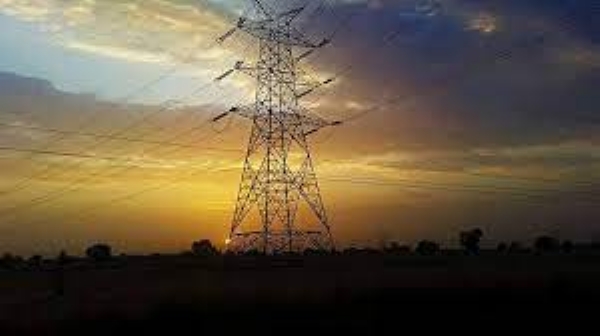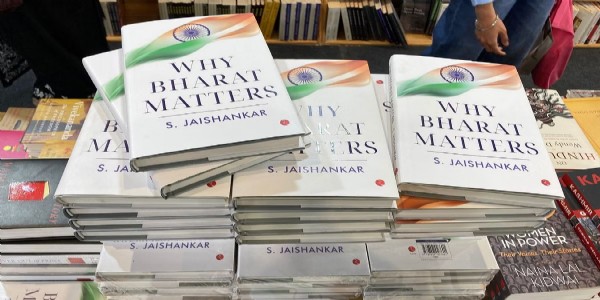Households with electricity
Total Views | 115
Nowadays electricity is essential for living. Hence the government of India is pressing to electrify every household in India. The percentage of households with electricity is also surveyed in NFHS.

The above map shows the percentage of households with electricity in India. As we can see most of the states are largely electrified. Even the lowest electrified states of Uttar Pradesh and Meghalaya have nearly 90% of households with electricity.
On the other hand, the majority of states have 98 to 99% of households with electricity. Only Goa has 100% of houses with electricity. This same indicator was also examined in NFHS 4. During NFHS 4 union territory of Lakshadweep had 100% of households with electricity.
Also Read:- COP27- Way Forward for India
The spatial distribution of the data is also very dominant. During NFHS4, most of the highly electrified states are located in the southern part of India and some northern states like Jammu and Kashmir, Himachal Pradesh, Punjab, Haryana, Uttarakhand etc. are highly electrified states.
These regional disparities were reduced during NFHS5. From north to south continuous stretches of states have around 98-99% of households with electricity.
The government had promoted electrification in recent years. The government is providing electric connections to villages and small hamlets under various programmes. Institutions like Rural Electrification Corporation have designed a policy called SAUBHAGYA- Pradhan Mantri Sahaj Bijli Har Ghar Yojana. Under this policy, the government has aimed to provide last mile electric supply. Along with providing electricity, the government is also focusing on off-grid power generation through rooftop solar power panels.
Also Read:- How India makes steel for the world
This brings us to another point. In another article about COP27, we read that, in the near future, India’s energy needs are going to change. As the government of India is pressing towards 100% of households having electricity, it will increase the demand for energy. To meet this demand India needs to change its energy mix rigorously.
India has already taken promising steps towards this target. As per ex-union cabinet minister Mr Suresh Prabhu has shared during a session organised by ‘The Sustainability Foundtion- Denmark’ India is slowly reducing its dependency on coal-based thermal power plants and moving towards more renewable energy sources. You can read more about India’s green energy in another article.
Bharati Web
Mes, Pune








